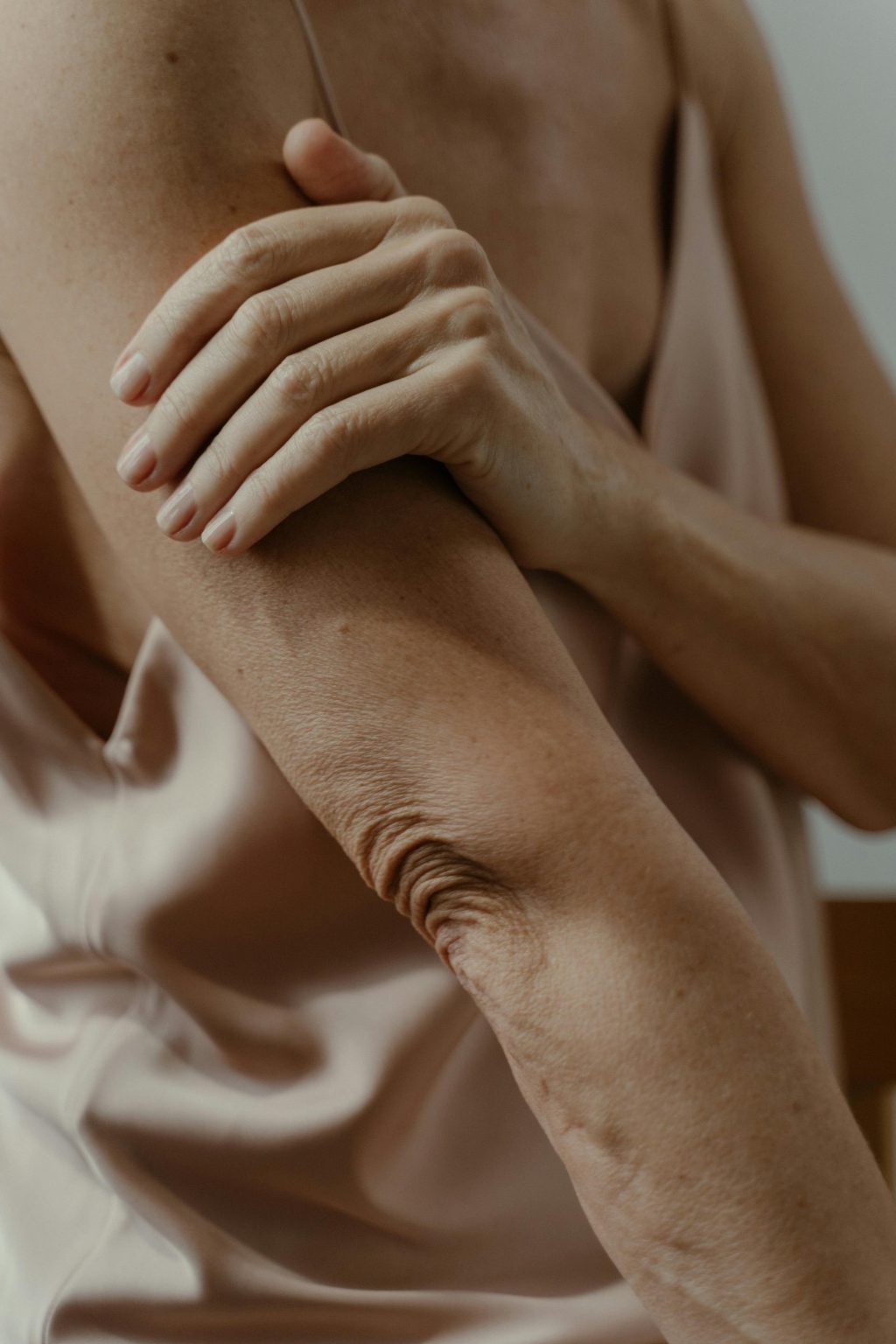Tennis Elbow Treatment
Conveniently located to serve the areas of Beverly Hills and Los Angeles, CA

Modern medicine has made significant advances in regenerative therapies, particularly in the use of stem cell therapy combined with PRP (platelet-rich plasma). These treatments stimulate the body’s natural healing process and restore healthy tissue.
Contents
Tennis Elbow and Stem Cells
Tennis elbow can be effectively treated with stem cell therapy. Stem cells, extracted from the patient’s fat tissue, are not yet specialized. When injected into the elbow joint, these cells transform into the specific type of cell needed to repair and regenerate damaged tissue. Because the stem cells are harvested from the patient’s own tissue, there is no risk of rejection.
Stem cells perform two crucial functions:
- Cytokine Production: These immune system secretions help reduce joint inflammation.
- Natural Healing: Stem cells trigger the body’s healing ability, leading to the repair and regeneration of damaged cartilage.
PRP Treatment for Tennis Elbow
PRP is produced from the patient’s own blood. The blood is spun in a centrifuge to create a concentrated serum rich in natural growth factors that aid in tissue regeneration and healing. Injecting PRP into the elbow jump-starts the healing process. An ultrasound or X-ray may be used to guide the injection for accuracy. The elbow tendon, ligaments, and joint then begin to heal.
Healing and PRP
PRP has a remarkable ability to trigger the body’s regenerative processes. The growth factors in the serum signal stem cells to restore damaged tissue. Because both the stem cells and PRP come from the patient’s body, the treatment effectively replaces damaged tissue in the elbow with new, healthy cell growth, restoring damaged cartilage.
Non-Surgical Tennis Elbow Treatment
Previously, damaged tendons or joints offered limited hope for full recovery. Treatment options included surgery, painkillers, or anti-inflammatory drugs, all with potential risks and side effects. The use of PRP combined with stem cells is an exciting medical advance. This treatment, often used by professional athletes for its quick healing time, is available at the Hand & Wrist Center in Los Angeles.
Our state-of-the-art clinic specializes in treating injuries and damage to the hand, wrist, and elbow. If you suffer from the pain and debilitating effects of tennis elbow, our top team of medical professionals can help.
Cutting-Edge Treatments for Tennis Elbow
Our medical team is dedicated to providing the most modern and least invasive treatments. For tennis elbow, a combination of stem cell and PRP injections as regenerative therapy can significantly improve the condition. Our highly-skilled doctors focus on therapies and treatments that deliver results.
If you suffer from tennis elbow, visit our clinic for an evaluation. We may find that advanced treatments yield better results than traditional options like surgery or anti-inflammatory steroid injections. Each patient is unique, and when it comes to hand, wrist, or elbow injuries, we are proud to lead in the latest techniques and advancements.
Personalized Care and Treatment for Tennis Elbow in Los Angeles
At the Hand & Wrist Center of Los Angeles, we offer comprehensive treatments for various injuries, including tennis elbow. Your treatment plan will be customized to achieve the desired outcomes – pain relief, full range of motion, and the ability to live life to the fullest.
FAQ
What is Lateral Epicondylitis?
Lateral Epicondylitis is a tear or inflammation of the muscles and tendons that run along the top of the forearm and insert in the elbow. These muscles work to extend the fingers and wrist, so use of the hand often causes pain in the elbow. This is often referred to as “Tennis Elbow” as the backhand stroke strains these extensor muscles and can lead to the condition.
What Causes Tennis Elbow?
Anyone can develop lateral epicondylitis (tennis elbow). It is generally caused by repetitive strenuous activities that involve lifting, particularly with the palms facing down. This leads to a tear in the muscle belly and/or tendons of the common extensor mechanism when originates at the outer elbow. Therefore there is commonly pain in the outer elbow bone (lateral epicondyle) as well.
How is Tennis Elbow Diagnosed?
Your hand surgeon will usually be able to diagnose tennis elbow based upon clinical exam. There are very characteristic physical exam findings that an experienced hand surgeon can easily notice. Sometimes an Xray may be performed to rule out other joint injury. Your surgeon may also request an MRI to evaluate the tendons and muscles of the forearm and better understand the degree of injury to these structures.
How is Lateral Epicondylitis Treated?
Initial treatment for tennis elbow consists of activity modification, physical therapy, and bracing. A strap work around the mid forearm will reduce the pull of the muscles on the lateral epicondyle and help the inflammation to resolve. If possible, patients should avoid heavy lifting when able and when lifting, must remember to lift with palms facing upwards. Physical therapy is extremely effective at rebalancing the forearm muscles and reducing inflammation.
For more severe cases, a steroid injection may be given into the area of inflammation in the forearm and elbow. This will reduce pain in the area and may allow for additional healing to occur. Other modalities such as acupuncture, chiropractic, TENS, and topical ointments may be recommended as well.
Your surgeon may also recommend a PRP (platelet rich plasma) injection. PRP is derived from your own blood and is a concentrated serum containing platelets and white blood cells. These are known to signal the body’s own healing mechanisms. This has been shown to effectively stimulate healing of the torn extensor muscle belly in lateral epicondylitis. The expert hand surgeons at Hand Surgery Los Angeles have extensive experience in PRP therapy.
The vast majority of tennis elbow cases will resolve without surgery. However, this is an extremely frustrating condition as it may take many months to resolve. There are commonly peaks and valleys of symptoms before they go away entirely.
In severe cases that do not resolve, surgery may ne necessary. There are many different ways of surgically treating lateral epicondylitis. Generally, your surgeon will make an incision and cut out the irritated muscle. The muscle will then be repaired back to the bone in the elbow. Recovery after this surgery usually takes about 3 months with about 6 weeks of minimal lifting.



